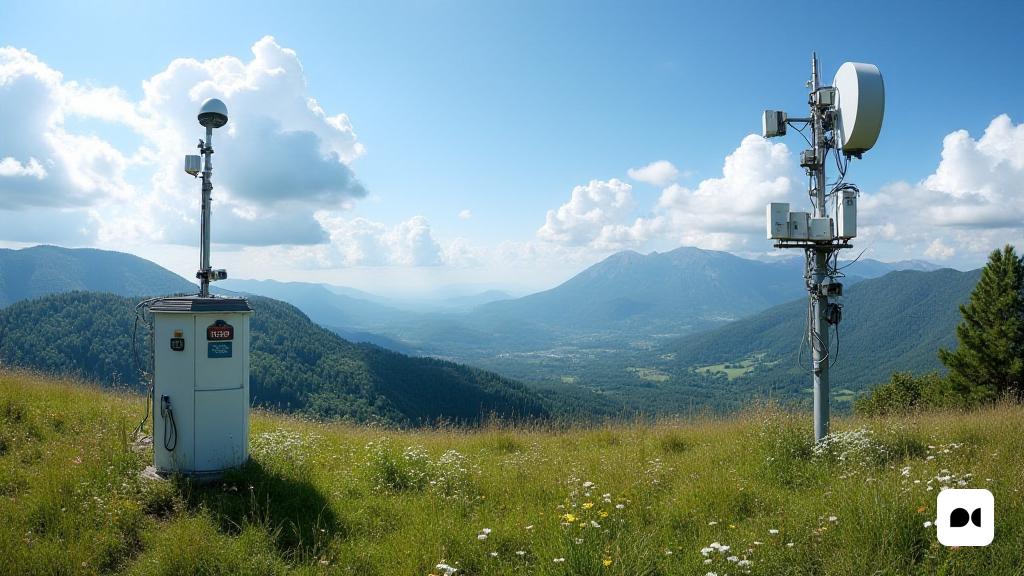A new chapter in the Montseny meteorology
Recently, an advanced automatic meteorological observatory has been launched in the mountainous region of Cabrerès, located in Cantonigròs, which is now part of the Meteocat network with the number 188. This area, with a distinctive character, adds to the long tradition of the study of climate in Catalonia.
Origins of the weather stations network
The Network of Automatic Meteorological Stations (XEMA) was born in 1996, as part of an initiative of the Meteorological Service within the General Directorate of Environmental Quality. This project was essential for improving the understanding of real -time climate and meteorology throughout Catalonia, a crucial step after the dictatorship.
Background of Xema
Prior to the creation of the XEMA, in 1988, the Agrometeorological Network of Catalonia (XAC) was established, focused on providing support for agricultural and forestry activities. This network incorporated specific sensors, such as soil and moisture temperature, to improve crop management.
A system integrated for food safety
The stations for pest monitoring were equipped with advanced technology to measure the humidity of the leaves, an essential tool for modern agriculture. Likewise, the Network Network of Catalonia, which began its activity in 1997, focused on the collection of snow data and climatic conditions in the highest areas, facilitating the prediction of avalanches.
Homogenization of criteria and continuous improvement
Over the years, it has been acknowledged that the XEMA stations did not follow uniform criteria. Currently, the Meteorological Service of Catalonia works to integrate homogeneous measurement and maintenance systems, based on UNE rules to guarantee the quality and reliability of the data.
Impact of weather data
The data generated by XEMA is crucial for various activities, including weather surveillance, territorial planning, water resources and climate research, among others.
The value of manual observatories
However, it is essential to recognize the importance of manual observatories, which have been the pillar of meteorology for more than two decades. The dedication of the volunteers and professionals operating these observatories has been essential for the progress of observational meteorology in Catalonia.
With the integration of modern technology and the preservation of traditional methods, Catalonia is positioned as a benchmark in the study of climate, with the aim of addressing the environmental challenges of the future.

